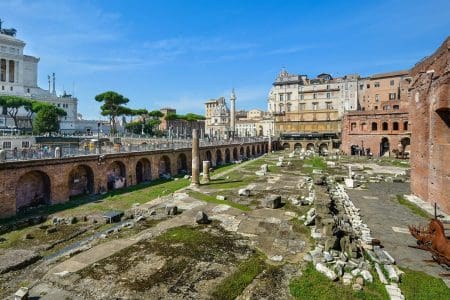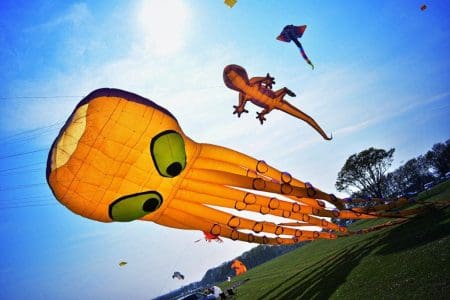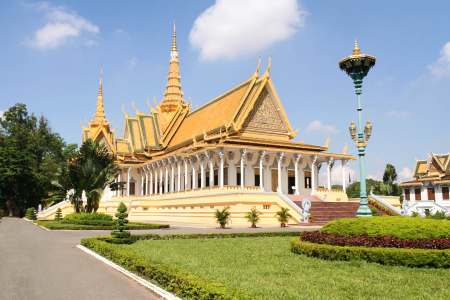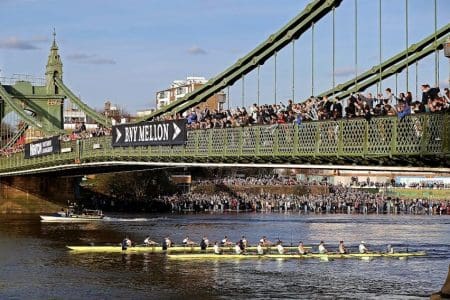
- This event has passed.
The Angkor Wat International Half Marathon is much more than just a race. It’s a unique and unforgettable experience that allows participants to run through the beautiful and historical temples of Angkor while supporting a great cause.
This guide will provide you with everything you need to know about the history of the race, how to prepare, what to expect on the course, and how to make the most of your trip to Siem Reap, Cambodia.
The History of the Angkor Wat International Half Marathon
The Angkor Wat International Half Marathon has a rich history that showcases the power of sport, culture and community.
The Origins of the Angkor Wat International Half Marathon
The Angkor Wat International Half Marathon was first held in 1996, organised by the National Olympic Committee of Cambodia and several international organisations. The main goal of this event was to raise funds for the victims of landmines in Cambodia, a tragic legacy of the country’s past conflicts. Over the years, the race has grown in popularity, attracting thousands of participants from around the world and raising significant funds for various charitable causes.
The Impact on the Local Community
The race has not only raised funds for landmine victims but also made substantial positive impacts on the local community. The influx of international participants has helped boost tourism in the area, providing crucial income for local businesses and creating job opportunities. Additionally, the race promotes a healthy and active lifestyle within the local Cambodian population, inspiring more people to take up running and participate in the event.
Notable Past Participants and Winners
The Angkor Wat International Half Marathon has welcomed many distinguished runners from around the world. Notable past winners include Jerry Ziak, a Canadian runner who has held the men’s course record since 2007, and the Kenyan athlete Naomi Musembi, who set the women’s course record in 2008. Celebrities such as actress Natalie Imbruglia and former Miss Universe Riyo Mori have also participated in the race, shining a spotlight on Cambodia and the important cause the race supports. Travel Begins at 40 founder Mark Bibby Jackson has also won the 10k around the temples of Angkor – although the records he set were in the bar afterwards.
Preparing for the Race
As with any marathon, proper preparation is essential to ensure a successful and enjoyable race experience. In this section, we will cover training tips and techniques, essential gear for the marathon, and how to stay healthy and injury-free.
Training Tips and Techniques
When training for the Angkor Wat International Half Marathon, it’s important to consider the unique conditions of the race. Develop a training plan that incorporates long runs, tempo runs, and interval sessions. In addition to your regular runs, try to simulate race conditions by incorporating heat and humidity training. Include some hill workouts, as the course features several inclines throughout the route. Finally, proper hydration and nutrition are essential leading up to the race. Practice consuming electrolyte drinks and energy gels during your long runs to find the right balance for you.
Essential Gear for the Marathon
The right gear can greatly impact your marathon experience. Be sure to invest in a good-quality pair of running shoes that provide support and cushioning. Technical running apparel with moisture-wicking technology will help to keep you dry and comfortable in the hot and humid conditions of Siem Reap. A lightweight hat and sunglasses are also recommended for sun protection. Don’t forget to carry a reusable water bottle or hydration pack during the race to help you stay hydrated.
The Angkor Wat International Half Marathon Course: A Journey Through Ancient Temples
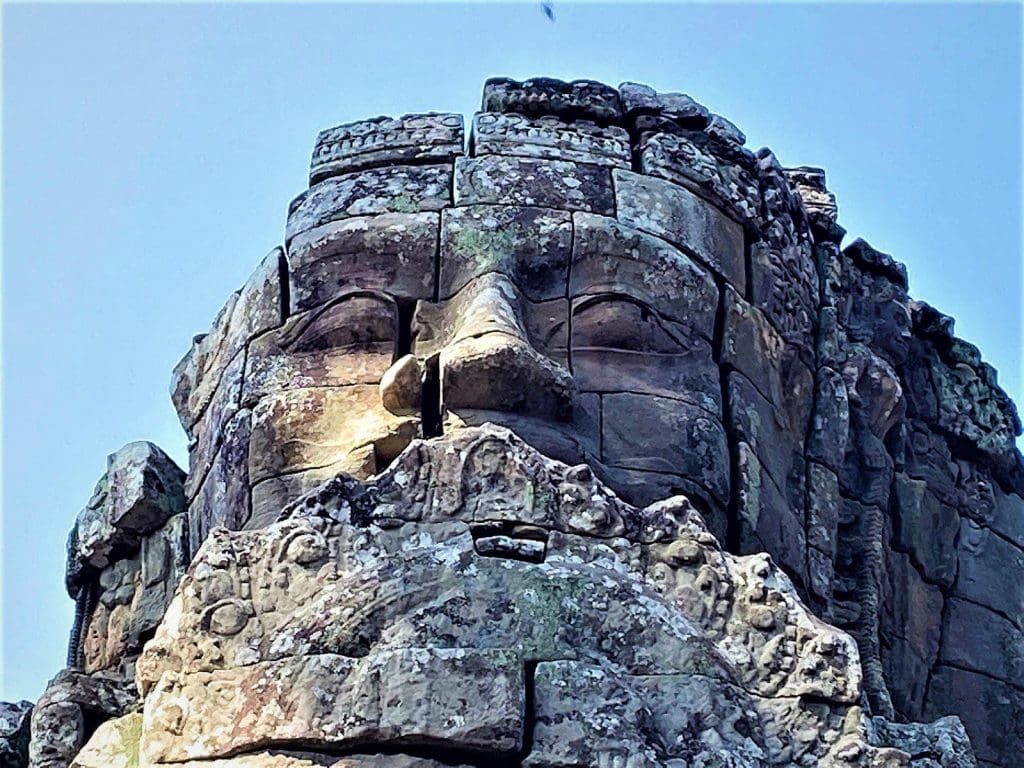
The Angkor Wat International Half Marathon’s course takes runners on a breathtaking journey through the enchanting temples of the Angkor Archaeological Park. This UNESCO World Heritage site provides a truly magical backdrop for the race. Here, we will explore the key sights and landmarks, terrain challenges, and tips for navigating the course.
Key Sights and Landmarks Along the Route
The race begins at the main entrance of the majestic Angkor Wat temple, and the course winds through the stunning ruins of various temples, such as Bayon and Ta Prohm. Participants will be able to marvel at the impressive ancient architecture, intricate stone carvings, and the endless rows of trees that have intertwined with the structures over the centuries.
The Unique Terrain and Challenges
Running through the ancient temples of Angkor presents unique challenges for the participants. The race course predominantly consists of flat, paved roads but also includes sections of uneven terrain, dirt paths and tree roots. Sharp turns, narrow passageways and congested areas around the temples can require extra caution and attentiveness. The climate can be a significant factor, as the heat and humidity can be quite intense, so proper hydration and pacing are vital.
Tips for Navigating the Angkor Wat International Half Marathon Course
Here are some tips to help you navigate the course safely and effectively. Study the race route and elevation profile beforehand so that you are mentally prepared for any challenges that may arise. Be cautious and respect other runners, especially in narrow or crowded areas. Slow down and take extra care when running on uneven terrain or over tree roots. Find a comfortable pace that allows you to enjoy the race experience while pacing yourself for the entire distance.
Travel and Accommodation Options
Being well-organised with your travel and accommodation arrangements can help ensure an enjoyable and stress-free marathon experience. In this section, we provide information on getting to Siem Reap, Cambodia, choosing the right accommodation, and exploring the city and surrounding areas.
Getting to Siem Reap, Cambodia
Siem Reap International Airport is the primary gateway for international travelers arriving to run the Angkor Wat International Half Marathon. Daily flights from major Asian cities, such as Bangkok, Singapore, and Kuala Lumpur, make it relatively easy to reach Siem Reap. Upon arrival, you will find plenty of taxis, tuk-tuks, and hotel shuttles available to transport you to your accommodation.
Choosing the Right Accommodation
Siem Reap offers a wide range of accommodation options, from budget hostels to luxury five-star resorts. Consider factors such as proximity to the race start and finish lines, accessibility to restaurants and shops, and your travel preferences when choosing your accommodation. It’s advisable to book your stay well in advance, as the number of visitors to Siem Reap typically increases during the race weekend. We recommend Montra Nivesha for a Plastic Free Angkor future.
Exploring the City and Surrounding Areas
While the Angkor temples are the main attraction, Siem Reap has much more to offer. Stroll through the vibrant Pub Street and sample delicious local cuisine at the night markets. Visit the charming floating villages of Tonle Sap Lake, the largest freshwater lake in Southeast Asia. Immerse yourself in Cambodian culture and history at the Cambodian Landmine Museum or the Apsara Dance performance. There are endless activities and sights to explore, making Siem Reap the perfect destination for a memorable race weekend. For more information visit our sister website Cambodia Begins at 40.
The Angkor Wat International Half Marathon is a truly unique and unforgettable experience. Combining the beauty of ancient temples, the challenge of the race course, and the support of a meaningful cause, this event is the perfect opportunity to test your physical and mental limits while creating lasting memories in a magnificent and culturally rich setting.
